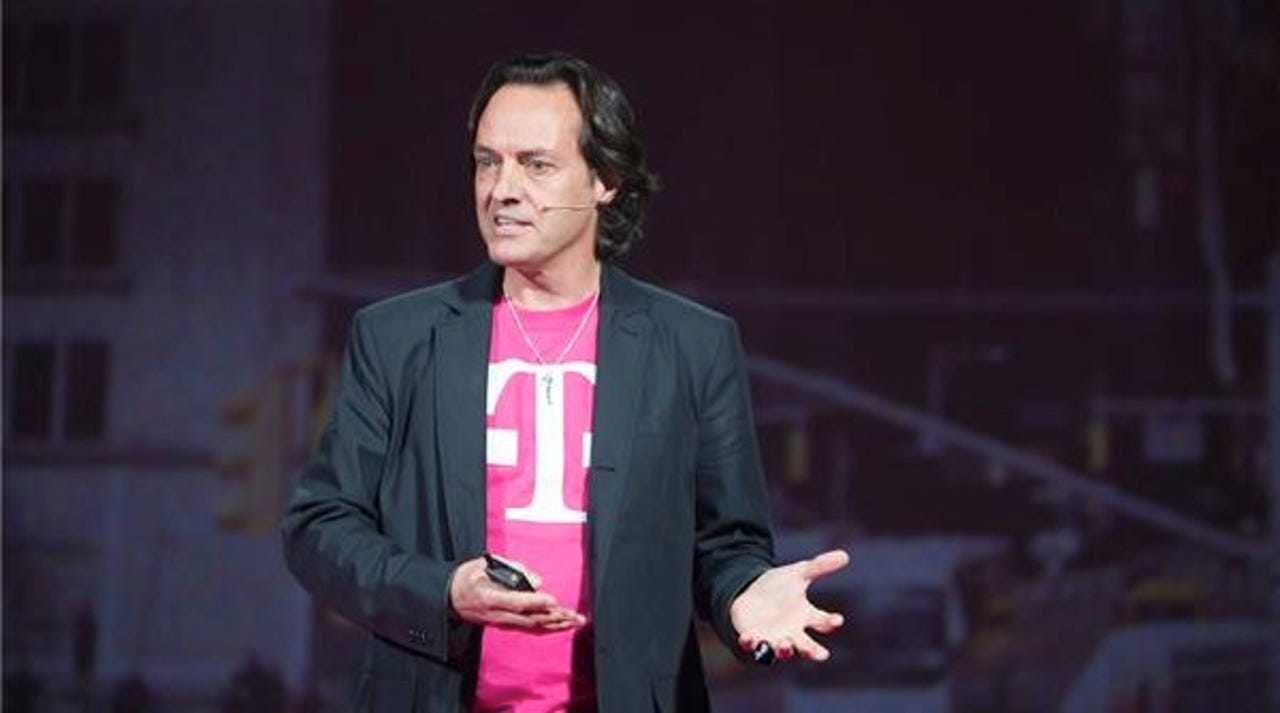T-Mobile USA launches rapid LTE expansion across US

NEW YORK — T-Mobile is ramping up its 4G LTE efforts across the US, the company announced today.

The LTE expansion will see a boost to seven US cities: Baltimore, Houston, Kansas City,Las Vegas, Phoenix, San Jose, Calif., and Washington, D.C. The firm said it will reach 100 million US residents by mid-2013, and 200 million US residents by the end of the year.
This is, according to T-Mobile chief executive officer John Legere, before T-Mobile receives complementary spectrum from the MetroPCS deal, set to close by mid-2013..
While other carriers have typically opened up their LTE services in smaller towns and cities to test their coverage and networks, T-Mobile is going in with the big guns by offering LTE services in the eight metropolitan hearts of the US.
Early indications suggest the LTE network is around 25Mbps, according to CNET, but T-Mobile said it is as high as 60Mbps.
The LTE-enabled iPhone 5 has also arrived on the network to show off the firm's flagship device next-generation speeds. Also included in T-Mobile's LTE launch are the BlackBerry Z10 — which launched nationwide this week — and the Samsung Galaxy S4; they will cost $99 each.
T-Mobile is smaller in subscriber base than AT&T, Verizon and Sprint, and it has fallen behind the times by failing to keep up to speed with others' next-generation LTE networks. Lacking an iPhone on the mobile roster also hurt the firm in the long run.
The fourth largest US cell network finally opened chapter two today by getting up to speed with its rivals.
T-Mobile started rolling out updates to Samsung Galaxy Note 2 smartphones last week, enabling support for the firm's 4G LTE network.
In the not so distant past, T-Mobile used its 1,700MHz spectrum for 3G and HSPA+ for its 4G service, while using its 1,900MHz spectrum for slower 2G (GPRS) and 2.5 (EDGE) services. T-Mobile is moving its 3G and HSPA+ services to the 1,900MHz band, which will free up space on the other side of the spectrum net, and at the same time make it easier for T-Mobile customers to tap into AT&T's larger 3G and HSPA+ network and vice-versa when roaming.
This also means that as T-Mobile plans to use the 1,700MHz spectrum for 4G LTE services, some AT&T markets will allow customers to dip into T-Mobile's network.
While the expansion to seven cities is a good start for T-Mobile, it still has a long way before it can catch up to even Sprint, its closest rival in the cell subscriber chain.